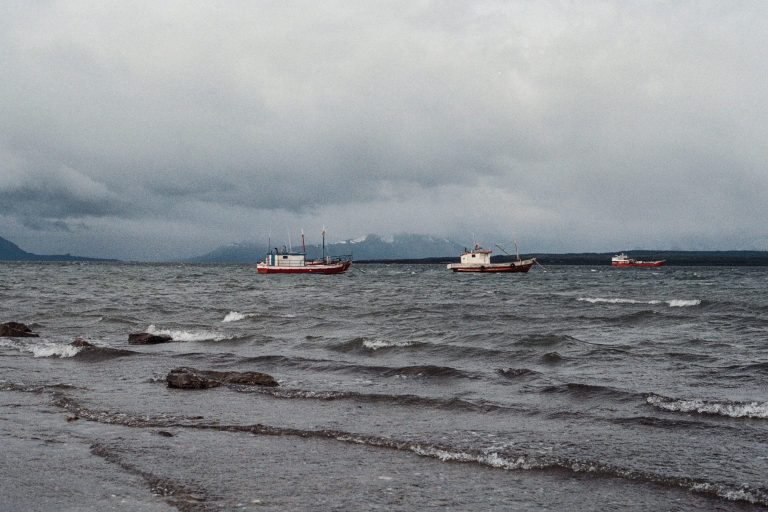Marine fish species are migratory in nature and not respectful of human-made territorial boundaries, which represents a challenge for fisheries management as policies tend to focus at the national level. With an average catch of 48 million tonnes per year, and USD $77 billion in annual fishing revenue, these species support critical fisheries, and require international cooperation to manage, according to UBC research.
The researchers focused on fish species that cross the Exclusive Economic Zones (EEZs) of two or more coastal states which are most often targeted by fisheries operating within those EEZs. They identified over 633 exploited transboundary species worldwide and found that the catch and revenue from these fisheries had been severely underestimated and over-exploited.
“We found that some countries get over 80 per cent of their catch from transboundary species. These are not small numbers or small nations: these catches are specifically important in terms of revenue for Northern America and Eastern Asia,” said Juliano Palacios Abrantes, a doctoral student in UBC’s Institute for the Oceans and Fisheries, and lead author on the study. “Fishing nations such as China, the USA, Russia, Peru, and Japan alone are responsible for 41 per cent of the yearly global fisheries revenue from transboundary species.”
“Fisheries that include transboundary fish species, such as anchoveta in Peru’s transboundary area with Chile or pollock in the U.S., Russia and Japan transboundary Alaskan region, catch on average 48 million tonnes per year, or USD $77 billion in annual fishing revenue,” said William Cheung, senior author and professor in in UBC’s Institute for the Oceans and Fisheries. “The catch from these fish species are declining at a much higher rate than non-transboundary species.”

hilean fishing vessels. Photo by Jens Johnsson on Unsplash
“Climate change is going to continue changing the distribution of fish stocks among countries, with some new transboundary species emerging and some disappearing,” said Palacios Abrantes. “This can only lead to more difficulties if nations are not able to adapt and manage fisheries through effective international cooperation.”
“Collaborations are going to be needed to maximize long‑term ecological, social, and economic benefits of shared marine species, particularly as stocks decline due to overfishing, and as fish populations move about the ocean in different patterns due to climate change,” said Cheung. “Nations will have to adapt to these anthropogenic changes in our world as quickly, if not quicker, than fish species are having to do.”
“The transboundary nature of the world’s exploited marine species” was published in Scientific Reports.
Tags: Colette Wabnitz, Gabriel Reygondeau, species distribution, transboundary, William Cheung